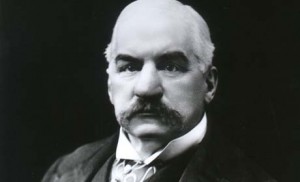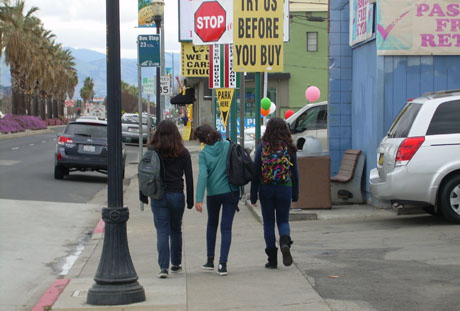Today represents the unfortunate five-year anniversary of a very painful situation for the city of San Jose. As reported previously in the San Jose Mercury News, 2008 was the year city officials terminated, or at least tried to terminate, a firefighter on charges of sexual harassment against female co-workers.
This misconduct included “unsolicited massages, kisses, birthday spankings, and other inappropriate touching and banter.” Such behavior clearly falls within the legal guidelines of sexual harassment. Yet, the firefighter union came to the defense of the accused firefighter, and ultimately argued that termination was excessive. This same firefighter had prior complaints involving issues of sexual harassment in 1998 and 2002.
When the firefighter was terminated, the firefighter’s union appealed and took it to arbitration. It is important to note that arbitration can also be used in ways the general public may be unaware of, because arbitration proceedings are conducted behind closed doors. In 2009, an arbitration award was issued stating that the city did not have “just cause” to terminate the male firefighter for sexual harassment. The city was also required to pay out wages for the years spent under litigation.
The city then chose to go to court to appeal the arbitration decision, and the firefighter union once again opposed this action. As a result, the case went all the way to the California Supreme court. In 2011, the court ultimately denied the petition to review and ruled in favor of the firefighter union. The city, now faced with the challenge of reintroducing this firefighter back into the workplace while simultaneously trying to minimize potential lawsuits, attempted to place the firefighter back into service in a way in which his interactions with female employees could be supervised. However, once again, the firefighter’s union objected and filed a charge against the city of San Jose with the Public Employment Relations Board (PERB) in 2012. We are currently awaiting a decision from PERB.
Having worked more than 17 years in the high tech industry, I can say that the issue of sexual harassment in the private sector is taken very seriously. If termination is required, it is done in a swift manner and without union interference. This is not only an issue of responsible and legally sound corporate governance, but such policies also foster and promote the kind of work environment that is conducive to professional growth and safe for all.
In addition, by choosing all means possible to protect someone who would otherwise have been terminated without further thought in the private sector, the firefighter’s union not only exhibited poor judgment, but also created negative PR for unions in general. This same union also filed a formal grievance over the city manager’s attempt to clarify San Jose’s sexual harassment policy at co-ed fire stations. Incidents of pornography at fire stations have cost the city at least one $200,000 payout to a female firefighter.
The union should cease fighting for such causes that ultimately undermine their credibility. Firefighters are vital and appreciated city employees, and I can’t help but think that the efforts of their union would be better focused on negotiations that pertain to higher wages and benefits for its members who do good work throughout our community.
The attempt to terminate this one firefighter alone has cost the city an incredible amount of money and time. Fees for outside legal counsel and the work hours that city staff dedicated to this effort divert resources away from vital city services. But even more significant than the tangible costs associated with such efforts, the psychological toll that workplace sexual harassment can take on employees must also be taken into account.
The city of San Jose prides itself on providing a safe and healthy work environment for all its employees. We can do better than this. We owe this much and more to the courageous and brave women who testified before the city council in public session. It wasn’t an easy task, and we honor their voice by doing all that we can to make sure this does not happen again.

